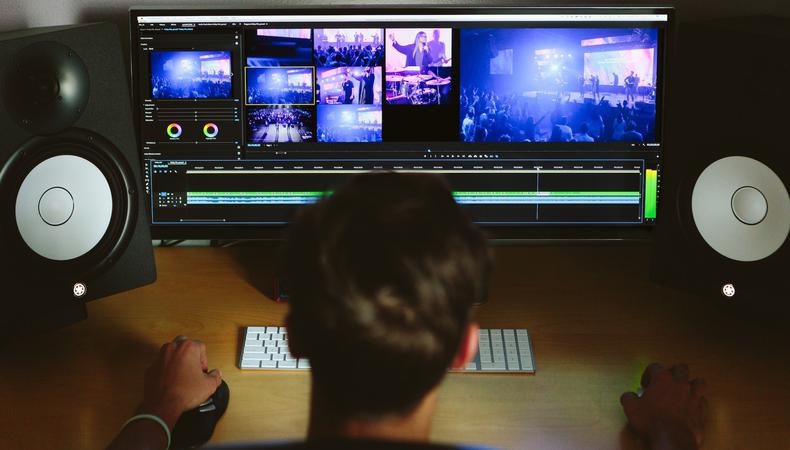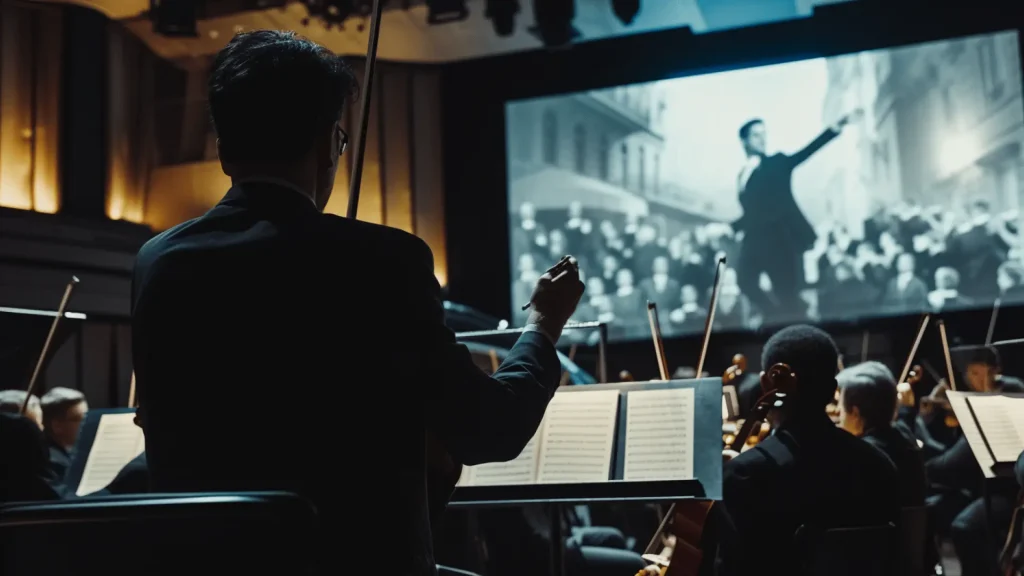Starburst Wilds Explained: How This Feature Keeps Players HookedStarburst Wilds Explained: How This Feature Keeps Players Hooked
Starburst is one of the most iconic online slot games, known for its vibrant colors, engaging gameplay, and exciting bonus features. Among these, the Starburst Wilds feature is what truly sets the game apart and keeps players coming back for more. Understanding how this feature works and how to maximize its potential can significantly enhance the gaming experience and increase winning opportunities.

What Are Starburst Wilds?
Starburst Wilds are special symbols that appear on reels two, three, and four. Unlike standard wild symbols found in other slot games, these wilds have an expanding and re-spinning function, making them highly valuable. When a Starburst Wild lands on any of these reels, it expands to cover the entire reel, creating additional winning combinations. This expansion triggers a free re-spin, giving players another chance to win without placing an additional bet. If another Starburst Wild appears during the re-spin, the feature continues, allowing for up to three consecutive re-spins.
Why Are Starburst Wilds So Popular?
One of the main reasons Starburst Wilds have captured the attention of so many players is their ability to create frequent and exciting wins. Unlike high-volatility slots that offer rare but massive payouts, Starburst focuses on providing consistent small to medium-sized wins, keeping the excitement levels high throughout the gameplay. The simplicity of the feature also appeals to a wide range of players, from beginners to experienced gamers.
How to Maximize the Potential of Starburst Wilds
Understanding when and how to take advantage of Starburst Wilds can significantly impact overall success in the game. While the feature itself is random, there are strategies that players can employ to optimize their gameplay. Managing the bankroll efficiently ensures longer playtime, increasing the chances of triggering the Starburst Wilds multiple times. Additionally, playing with the maximum paylines active enhances winning opportunities, as more paylines mean more potential combinations when the wilds expand.
The Role of Re-Spins in Enhancing Wins
Re-spins are a crucial component of the Starburst Wilds feature, as they provide additional chances to land winning combinations without requiring an extra bet. When a wild expands and triggers a re-spin, the possibility of another wild appearing increases. This cascading effect can lead to impressive payouts, particularly when multiple wilds land on different reels in succession. Players who understand and anticipate these sequences can adjust their betting strategies accordingly, maximizing their potential rewards with starburst slot.
The Psychological Appeal of Starburst Wilds
Beyond the mechanics, the Starburst Wilds feature plays a significant role in keeping players engaged on a psychological level. The anticipation of landing an expanding wild, followed by the thrill of a re-spin, creates a dopamine-driven experience that encourages continued play. The bright visuals, immersive sound effects, and smooth animations further enhance the enjoyment, making each spin feel rewarding, even if it does not result in a massive payout.
Comparing Starburst Wilds to Other Slot Features
While many slot games feature wild symbols, few integrate them as dynamically as Starburst. Traditional wilds act as simple substitutes for other symbols, helping to complete winning combinations. However, Starburst Wilds go beyond that by expanding and triggering re-spins, increasing both engagement and potential rewards. Compared to bonus rounds that require specific combinations to activate, Starburst Wilds offer a more immediate and frequent source of excitement, making them particularly appealing to casual players.

The Impact of Starburst Wilds on Payouts
Although Starburst is known as a low-volatility slot, meaning that wins are more frequent but smaller in size, the Starburst Wilds feature can lead to unexpectedly high payouts. The ability to trigger up to three re-spins means that a single well-placed wild can lead to a chain reaction of wins. When multiple wilds appear on different reels, the payout potential increases dramatically. Players who appreciate steady wins rather than rare jackpots will find the Starburst Wilds feature especially rewarding.
Why Starburst Remains a Player Favorite
The Starburst Wilds feature is one of the key reasons why this slot game has remained a top choice for players across the world. Its ability to deliver consistent excitement without requiring overly complex mechanics makes it an ideal option for both new and experienced players. The combination of frequent payouts, engaging visuals, and the thrill of re-spins ensures that Starburst remains a staple in online gaming libraries.
How to Experience Starburst Wilds for Yourself
For those looking to experience the excitement of Starburst Wilds firsthand, it is important to choose a reputable online casino that offers the game. Finding a platform that provides fair play, secure transactions, and attractive bonuses can enhance the overall gaming experience. Many online casinos also offer free demo versions of Starburst, allowing players to familiarize themselves with the mechanics before wagering real money.
The Future of Starburst and Its Iconic Wilds Feature
As online gaming continues to evolve, the timeless appeal of Starburst and its Wilds feature remains strong. The game’s developer has successfully created a feature that balances simplicity with excitement, ensuring its continued popularity among players. Whether new variations of Starburst will emerge in the future remains to be seen, but for now, its iconic Wilds feature continues to captivate audiences worldwide.
In the middle of exploring online slot games, players often look for immersive features that enhance their gaming experience. This is where starburst slot stands out, providing a seamless and engaging way to enjoy thrilling gameplay with rewarding outcomes.

The Lasting Appeal of Starburst Wilds
Starburst Wilds are more than just a feature—they are the driving force behind the game’s enduring popularity. The combination of expanding wilds, free re-spins, and frequent wins makes this slot game one of the most engaging options available. Whether playing for fun or with real stakes, understanding and leveraging this feature can lead to a more rewarding and enjoyable gaming experience. As the online gaming industry grows, the influence of Starburst Wilds on future slot game designs will undoubtedly continue to inspire new and innovative features.














